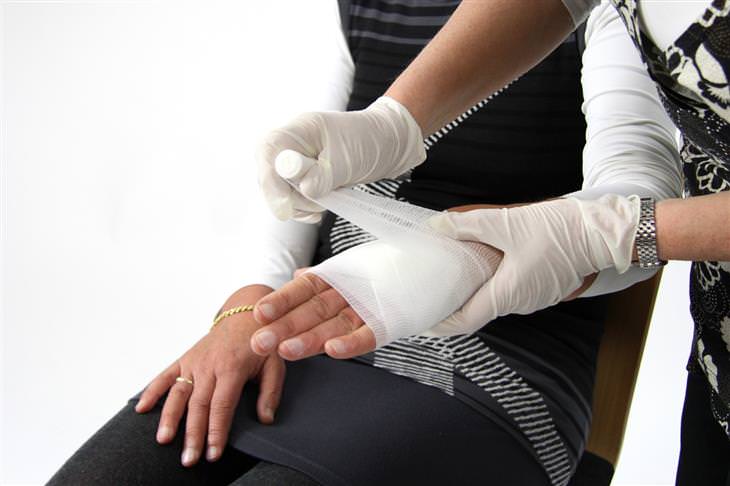
1. Cleansing wounds with Iodine, alcohol or hydrogen peroxide
Why is this a mistake?
One common mistake involves using iodine, alcohol, or hydrogen peroxide to disinfect wounds. While this may seem like the right approach, it can actually cause harm. Hydrogen peroxide has the ability to destroy connective tissue cells in the body and hinder proper wound healing. Similarly, alcohol and iodine "burn" healthy cells and can lead to unnecessary pain or burning sensations.
How to do it right
Cleanse the wound using water that is as pure as possible, apply an ointment with anti-infective properties, and cover it with a dressing. Only use a plaster or bandage if necessary; otherwise, leaving it uncovered will prevent excessive moisture buildup and promote faster healing.
2. Performing CPR heart massages
Why is this a mistake?
When performing CPR heart massages incorrectly—especially if done too forcefully or deeply—it can lead to rib fractures which cause severe damage to both the heart and lungs due to internal bleeding and harm inflicted on membranes responsible for maintaining space between ribs and lungs.
How to do it right
Before initiating any heart massages, it is crucial to ensure that the individual in front of you is not breathing, their heart is not beating, and there are no authorized personnel present. Request one person to contact emergency services while performing the massages with a depth of 4-5 cm, following the rhythm of the song Staying Alive by The Bee Gees (100 beats per minute). Monitor the pulse in the carotid artery every minute. Avoid mouth-to-mouth resuscitation and continue with the massages until medical assistance arrives or until the victim's pulse returns.
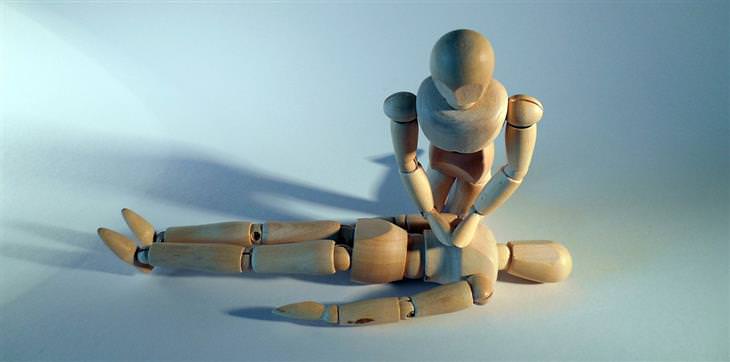
3. Applying a tourniquet when bleeding
Why is this a mistake?
In numerous cases, individuals tend to panic and immediately resort to using a tourniquet when faced with bleeding from an arm or leg. Let's face it, all the movies taught us so!
However, it is advised first attempting to stop bleeding by applying direct pressure and using a bandage on the wound. In most scenarios, utilizing a tourniquet may not be necessary for treating an injury that appears substantial and alarming. It must be noted that employing this technique will obstruct blood flow not only towards but also beyond the site of the wound, potentially leading to tissue death (necrosis).
How to do it right
Apply several gauze pads to the bleeding wound and apply firm pressure using your hand. This should suffice until medical professionals arrive to provide treatment for the injured individual. If the bleeding persists and all of the pads become saturated with blood, only then should you position a tourniquet approximately 5 cm above the wound. Make sure to note down the time at which it was applied in an easily visible location.
4. Regular use of paracetamol
Why is this a mistake?
The primary component found in many available over-the-counter pain relief tablets is known as Paracetamol. An excessive dose of acetaminophen can result in harm to both the kidneys and liver; thus, it is advised to refrain from prolonged usage of this medication. Furthermore, one must be mindful that acetaminophen is present in various other drugs that may not necessarily be marketed solely for pain management purposes.
How to do it right
The recommended maximum daily dosage of acetaminophen for adults is 4 grams. To put this into perspective, a single paracetamol tablet contains 500 mg of acetaminophen, which means that a maximum of 8 tablets can be consumed in one day. It is crucial to carefully read the list of active ingredients in any other medications you are taking to ensure that you do not exceed this limit by consuming them. Additionally, it is extremely important to avoid drinking alcohol while taking acetaminophen, as it can significantly increase the damage inflicted on your liver. Liver damage can become cirrhosis of the liver, just as it would do with heavy drinking.
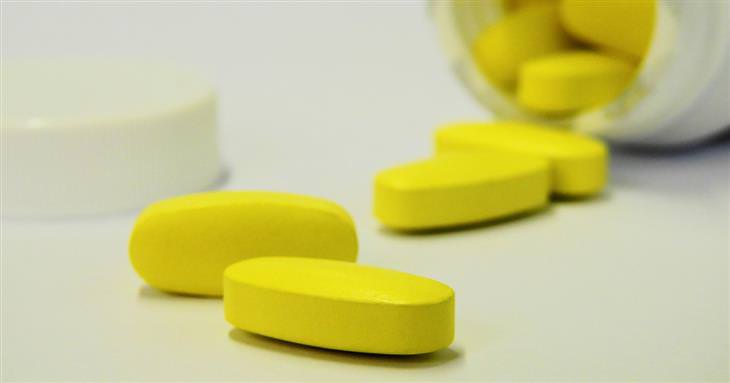
5. Removing a car accident victim from their vehicle or attempting to reposition them in a more "comfortable" manner
Why is this a mistake?
Most car accidents result in neck and spinal injuries. Even slight movement can potentially lead to lifelong paralysis or even death for the victim.
How to do it right
When faced with a situation that requires medical attention, it is crucial to call for an ambulance promptly and wait patiently for its arrival. While waiting, it is essential to assess the condition of the victim and ensure that they are breathing properly. It is important to follow instructions given by medical professionals and avoid moving the victim until a qualified medical team arrives with the necessary equipment to safely evacuate them.
These instructions become even more vital when there is a possibility of nerve damage, such as in cases where there are bleeding wounds, but the victim does not experience any sensation in the affected area or limb.
6. Tilting your head back during a nosebleed
Why is this a mistake?
The action of tilting our head back increases blood pressure in the head, which can be dangerous. Additionally, it becomes difficult to determine how much blood has been lost during the nosebleed. The risk of blood flowing into the lungs and causing breathing difficulties or going into the esophagus and triggering vomiting increases as blood flow intensifies.
How to do it right
To handle a nosebleed correctly, one should avoid tilting their head back and instead follow proper techniques recommended by healthcare professionals. To decrease the blood pressure in your head, it is advisable to keep your head in a straight position or slightly tilted forward. If you are experiencing a nosebleed, place an ice pack on your nose and block one nostril with your finger for 15 minutes. After that, repeat the process for the other nostril while breathing through your mouth.
If the bleeding persists, it is important to repeat these steps again. However, if the bleeding still continues despite multiple attempts, it could be an indication of a serious injury and immediate medical attention should be sought.
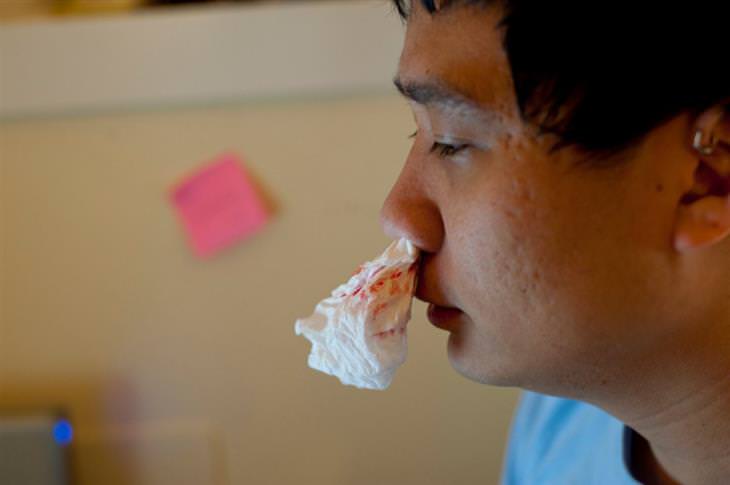
7. Sucking snake venom after being bitten
Why is this a mistake?
Firstly, contrary to popular belief, sucking out venom does not prevent its spread throughout the body. Secondly, when snake venom mixes with saliva in the mouth during this process, it can cause damage to oral mucous membranes, which may lead to complications such as heart failure and pulmonary edema.
How to do it right
To properly handle a snakebite:
- Stay calm and ensure you are at a safe distance from any potential danger.
- Keep the affected area below heart level if possible.
- Seek medical assistance immediately.
- Do not attempt to suck out or remove any venom yourself, as this can worsen symptoms.
- Do not attempt to make any actions that need effort, keeping calm and your heartbeat low.
8. Putting ice directly on a bruise or burn
Why is this a mistake?
When dealing with wounds or bruises that result in red marks on your skin, it is essential not to apply ice directly onto these injuries. Even if you place ice cubes inside a plastic bag, exposing your skin directly to such low temperatures can cause harm rather than provide relief.
How to do it right
Create a barrier between your skin and the ice by using a kitchen towel or cloth as padding. Place this buffer over the injured area with the ice on top and leave it there for no longer than 20 minutes.
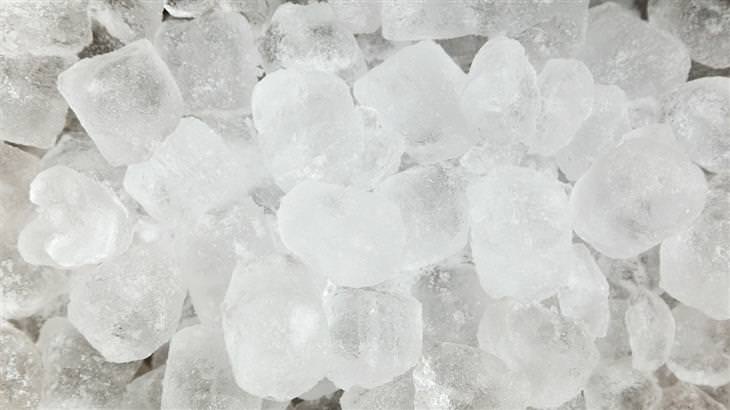
9. Driving an injured or sick person immediately to the hospital without first seeking medical advice
Why is this a mistake?
Not all hospitals have expertise in addressing specific medical conditions, and not every healthcare facility possesses the necessary equipment to handle all types of injuries. For example, some hospitals may not be equipped to handle all poisonous bites or rare diseases. Moreover, rushing to a hospital without proper consideration can put both you and the injured individual from a car accident at risk, exacerbating the situation instead of aiding it.
How to do it right
1. Call for an ambulance and provide as precise a description as possible regarding the victim's condition. The ambulance driver is well-informed about which hospital will offer the best medical care, even if it means traveling a greater distance.
2. Pay close attention to any instructions provided by phone operators. If you still choose to go directly to a hospital on your own, request guidance regarding the most suitable institution for treating your specific issue.





